








Chevrolet Camaro (in process)
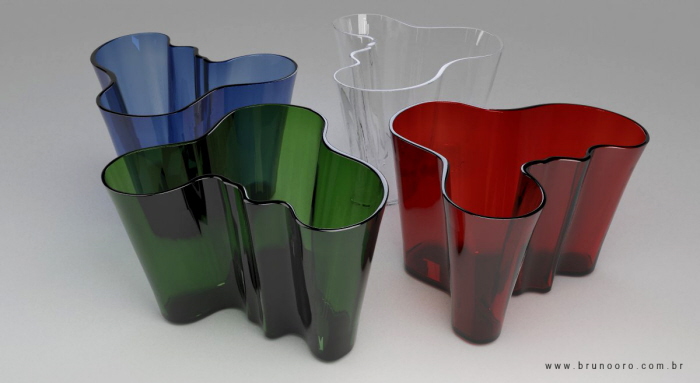
Alvar Aalto Vases
Since its unveiling in 1937 at the Paris World's Fair, the Aalto vase has been an international sensation. Its mysterious shape has been the subject of much speculation; some say it is based on Aalto's sketches entitled, "The Eskimo Woman's Leather Breeches." Others speculate that the fluid shape might be inspired by the lines of the Finnish landscape. Regardless of its questionable origins, one thing remains indisputable: its serene beauty.
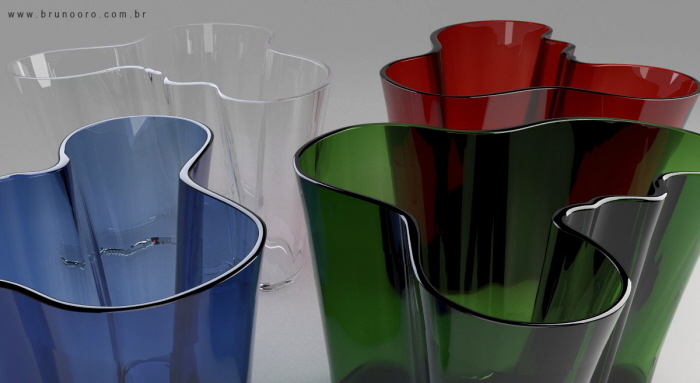
Alvar Aalto Vases
Since its unveiling in 1937 at the Paris World's Fair, the Aalto vase has been an international sensation. Its mysterious shape has been the subject of much speculation; some say it is based on Aalto's sketches entitled, "The Eskimo Woman's Leather Breeches." Others speculate that the fluid shape might be inspired by the lines of the Finnish landscape. Regardless of its questionable origins, one thing remains indisputable: its serene beauty.
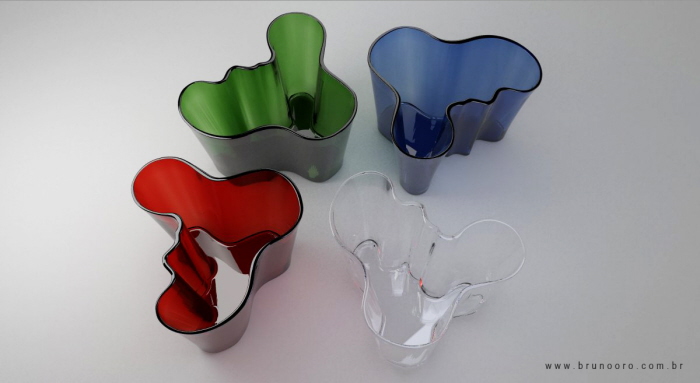
Alvar Aalto Vases
Since its unveiling in 1937 at the Paris World's Fair, the Aalto vase has been an international sensation. Its mysterious shape has been the subject of much speculation; some say it is based on Aalto's sketches entitled, "The Eskimo Woman's Leather Breeches." Others speculate that the fluid shape might be inspired by the lines of the Finnish landscape. Regardless of its questionable origins, one thing remains indisputable: its serene beauty.
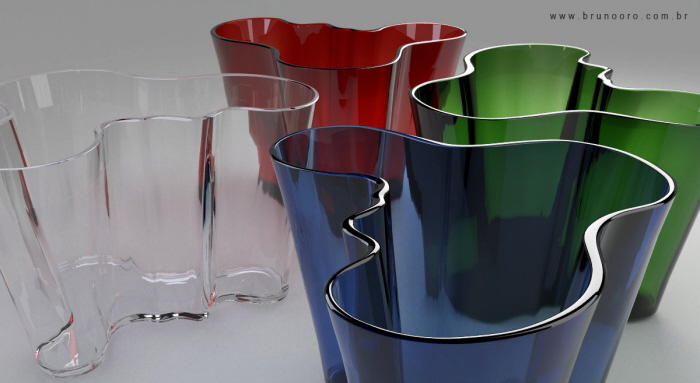
Alvar Aalto Vases
Since its unveiling in 1937 at the Paris World's Fair, the Aalto vase has been an international sensation. Its mysterious shape has been the subject of much speculation; some say it is based on Aalto's sketches entitled, "The Eskimo Woman's Leather Breeches." Others speculate that the fluid shape might be inspired by the lines of the Finnish landscape. Regardless of its questionable origins, one thing remains indisputable: its serene beauty.

Alvar Aalto - 41 Paimio Armchair
Aalto's intriguing and most famous chair, the 41 Paimio armchair can be found in numerous museums including the Museum of Modern Art

Alvar Aalto - 41 Paimio Armchair
Aalto's intriguing and most famous chair, the 41 Paimio armchair can be found in numerous museums including the Museum of Modern Art

Alvar Aalto - 41 Paimio Armchair
Aalto's intriguing and most famous chair, the 41 Paimio armchair can be found in numerous museums including the Museum of Modern Art

Marianne Brandt, a silver tea-infuser
The painter and sculptor Marianne Brandt (1893-1983) was the first woman to join the Bauhaus Metal Workshop in 1924, and eventually became its director from 1928-29. Although entirely hand-made, this teapot has an industrial aesthetic, and Brandt subsequently went on to design for mass-production. The functionalism of this design is apparent in the neat built-in strainer, the non-drip spout, the off-centre placement of the lid, and the choice of heat-resistant ebony for the handles, which would otherwise be too hot to hold.

Marianne Brandt, a silver tea-infuser
The painter and sculptor Marianne Brandt (1893-1983) was the first woman to join the Bauhaus Metal Workshop in 1924, and eventually became its director from 1928-29. Although entirely hand-made, this teapot has an industrial aesthetic, and Brandt subsequently went on to design for mass-production. The functionalism of this design is apparent in the neat built-in strainer, the non-drip spout, the off-centre placement of the lid, and the choice of heat-resistant ebony for the handles, which would otherwise be too hot to hold.

Marianne Brandt, a silver tea-infuser
The painter and sculptor Marianne Brandt (1893-1983) was the first woman to join the Bauhaus Metal Workshop in 1924, and eventually became its director from 1928-29. Although entirely hand-made, this teapot has an industrial aesthetic, and Brandt subsequently went on to design for mass-production. The functionalism of this design is apparent in the neat built-in strainer, the non-drip spout, the off-centre placement of the lid, and the choice of heat-resistant ebony for the handles, which would otherwise be too hot to hold.

Marianne Brandt, a silver tea-infuser
The painter and sculptor Marianne Brandt (1893-1983) was the first woman to join the Bauhaus Metal Workshop in 1924, and eventually became its director from 1928-29. Although entirely hand-made, this teapot has an industrial aesthetic, and Brandt subsequently went on to design for mass-production. The functionalism of this design is apparent in the neat built-in strainer, the non-drip spout, the off-centre placement of the lid, and the choice of heat-resistant ebony for the handles, which would otherwise be too hot to hold.
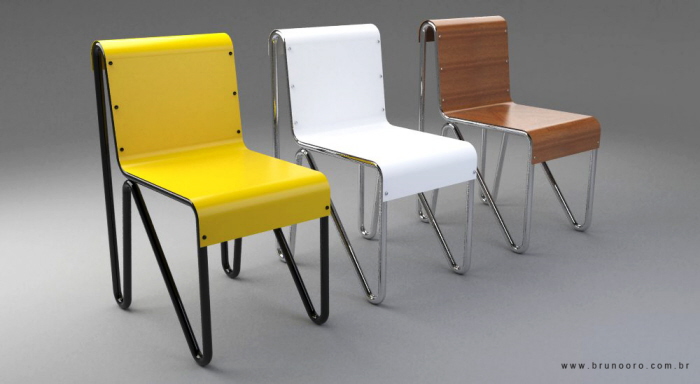
Beugelstoel 1927 Tubular Steel Chair created by Rietveld
This chair (beugelstoel or tube-framed chair) designed in 1927 by the Dutch architect and designer, Gerrit Rietveld is representative of the very earliest adoption of tubular steel, and unique in its early combination with wood not seen again until the furniture of Ray and Charles Eames after WWII. It follows directly on from the German tubular steel and fabric B3 (later Wassily) chair of Marcel Breuer (1925) and cantilevered chair of Mart Stam (1926). However, the proportions and form are distinctly Rietveld, and a functionalist interpretation of his celebrated 'De Stijl' wooden chairs such as the Red Blue chair, and 1919 armchair.
Read more: http://www.powerhousemuseum.com/collection/database/?irn=390938#ixzz2JleY42An
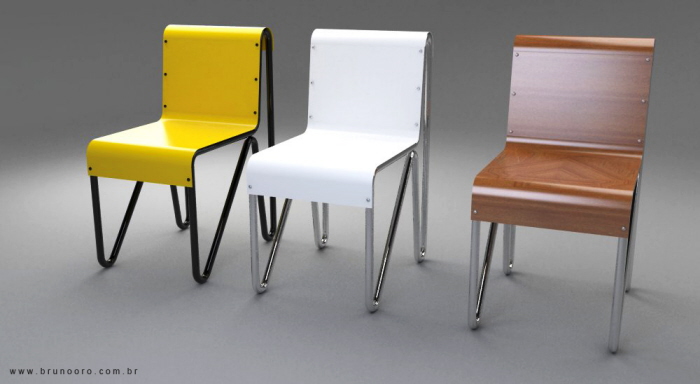
Beugelstoel 1927 Tubular Steel Chair created by Rietveld
This chair (beugelstoel or tube-framed chair) designed in 1927 by the Dutch architect and designer, Gerrit Rietveld is representative of the very earliest adoption of tubular steel, and unique in its early combination with wood not seen again until the furniture of Ray and Charles Eames after WWII. It follows directly on from the German tubular steel and fabric B3 (later Wassily) chair of Marcel Breuer (1925) and cantilevered chair of Mart Stam (1926). However, the proportions and form are distinctly Rietveld, and a functionalist interpretation of his celebrated 'De Stijl' wooden chairs such as the Red Blue chair, and 1919 armchair.
Read more: http://www.powerhousemuseum.com/collection/database/?irn=390938#ixzz2JleY42An

Beugelstoel 1927 Tubular Steel Chair created by Rietveld
This chair (beugelstoel or tube-framed chair) designed in 1927 by the Dutch architect and designer, Gerrit Rietveld is representative of the very earliest adoption of tubular steel, and unique in its early combination with wood not seen again until the furniture of Ray and Charles Eames after WWII. It follows directly on from the German tubular steel and fabric B3 (later Wassily) chair of Marcel Breuer (1925) and cantilevered chair of Mart Stam (1926). However, the proportions and form are distinctly Rietveld, and a functionalist interpretation of his celebrated 'De Stijl' wooden chairs such as the Red Blue chair, and 1919 armchair.
Read more: http://www.powerhousemuseum.com/collection/database/?irn=390938#ixzz2JleY42An
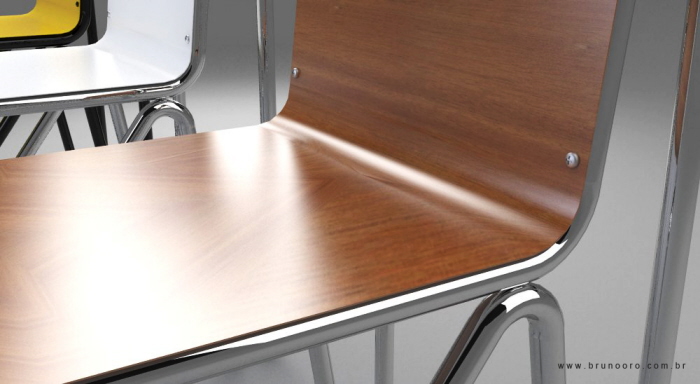
Beugelstoel 1927 Tubular Steel Chair created by Rietveld
This chair (beugelstoel or tube-framed chair) designed in 1927 by the Dutch architect and designer, Gerrit Rietveld is representative of the very earliest adoption of tubular steel, and unique in its early combination with wood not seen again until the furniture of Ray and Charles Eames after WWII. It follows directly on from the German tubular steel and fabric B3 (later Wassily) chair of Marcel Breuer (1925) and cantilevered chair of Mart Stam (1926). However, the proportions and form are distinctly Rietveld, and a functionalist interpretation of his celebrated 'De Stijl' wooden chairs such as the Red Blue chair, and 1919 armchair.
Read more: http://www.powerhousemuseum.com/collection/database/?irn=390938#ixzz2JleY42An
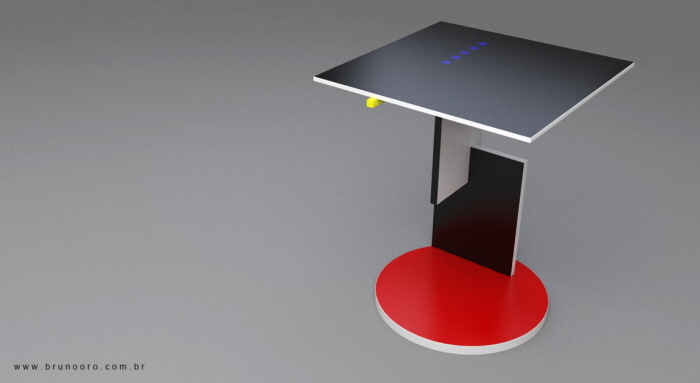
Divantafeltje 1923 End Table by Rietveld
The End Table comprised of a blue square top and red circular base and were connected by a black and a white rectangle.
It was designed for the Schroder House in Utrech. It was made of simple components and was an open form.
The End Table comprised of a blue square top and red circular base and were connected by a black and a white rectangle. It was designed for the Schroder House in Utrech. It was made of simple components and was an open form.

Divantafeltje 1923 End Table by Rietveld
The End Table comprised of a blue square top and red circular base and were connected by a black and a white rectangle.
It was designed for the Schroder House in Utrech. It was made of simple components and was an open form.
The End Table comprised of a blue square top and red circular base and were connected by a black and a white rectangle. It was designed for the Schroder House in Utrech. It was made of simple components and was an open form.
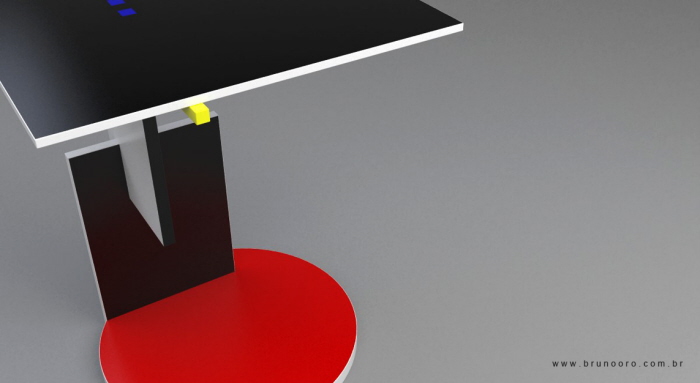
Divantafeltje 1923 End Table by Rietveld
The End Table comprised of a blue square top and red circular base and were connected by a black and a white rectangle.
It was designed for the Schroder House in Utrech. It was made of simple components and was an open form.
The End Table comprised of a blue square top and red circular base and were connected by a black and a white rectangle. It was designed for the Schroder House in Utrech. It was made of simple components and was an open form.

Divantafeltje 1923 End Table by Rietveld
The End Table comprised of a blue square top and red circular base and were connected by a black and a white rectangle.
It was designed for the Schroder House in Utrech. It was made of simple components and was an open form.
The End Table comprised of a blue square top and red circular base and were connected by a black and a white rectangle. It was designed for the Schroder House in Utrech. It was made of simple components and was an open form.

Le Carbusier - Armchair

Le Carbusier - Armchair

Le Carbusier - Armchair

Le Carbusier - Armchair

Mies Van Der Rohe - Barcelona Daybed

Mies Van Der Rohe - Barcelona Daybed

Mies Van Der Rohe - Barcelona Daybed

Mies Van Der Rohe - Barcelona Daybed

Le Carbusier - Armchair

Le Carbusier - Armchair

Le Carbusier - Armchair

Le Carbusier - Armchair

Marcel Breuer - Wassily Chair

Marcel Breuer - Wassily Chair

Marcel Breuer - Wassily Chair

Marcel Breuer - Wassily Chair




Chair

Chair

Chair

Chair

Chair

Chair

3D modeling and render

3D modeling and render

3D modeling and render

3D modeling and render

3D modeling and render

TV8-301 - 3D model of the first portable TV of the decade of 60

TV8-301 - 3D model of the first portable TV of the decade of 60

TV8-301 - 3D model of the first portable TV of the decade of 60

TV8-301 - 3D model of the first portable TV of the decade of 60

TV8-301 - 3D model of the first portable TV of the decade of 60

Car Rim

Car Rim

Drugstore - Archtectural rendering tests - Some archtectural rendering tests of drugstore

Drugstore - Archtectural rendering tests - Some archtectural rendering tests of drugstore

Drugstore - Archtectural rendering tests - Some archtectural rendering tests of drugstore

Drugstore - Archtectural rendering tests - Some archtectural rendering tests of drugstore

Drugstore - Archtectural rendering tests - Some archtectural rendering tests of drugstore

Bedroom

Bedroom

Bedroom
gLike